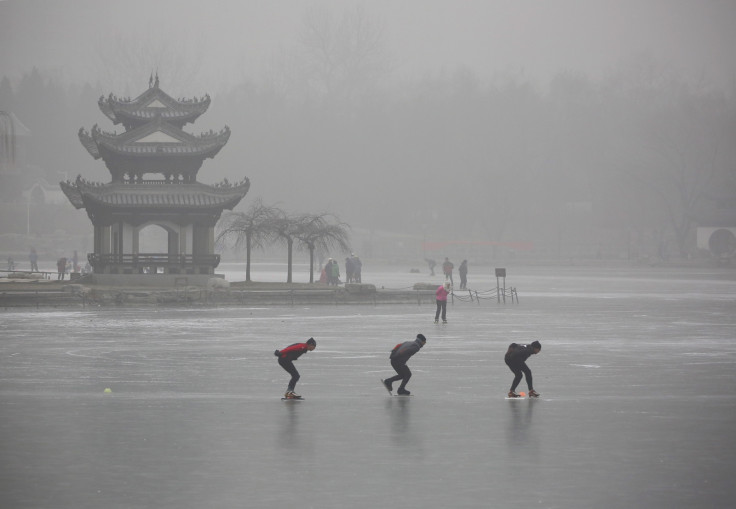Beijing sinking by 4 inches (11 cm) per year due to excessive pumping of groundwater says survey
China's capital of 20 million people is the 5th most water-stressed city in the world.

Some areas of Beijing are sinking by as much as four inches (11 cm) each year, due to the over-pumping of groundwater from beneath China's capital, a survey has revealed. Beijing has a population of over 20 million and is the fifth most water-stressed city in the world, meaning the resulting subsidence is set to worsen.
Groundwater has sat beneath the city for thousands of years, but it is increasingly being used for domestic consumption, industrial use and agriculture. It has been estimated by state media outlet Sina that Beijing alone requires 3.5 billion litres of water each year, two-thirds of which is pumped from beneath the city. As it is removed, the soil compacts, causing subsidence above. The process is accelerated by the increasing weight bearing down as buildings continue to be constructed.
The data was compiled using GPS measurements and satellite imagery, and found that some central zones were most at risk. These included the eastern suburb of Chaoyang, where subsidence was 11 cm a year. Chaoyang is also one of the areas where development has been most marked and the report claims there may be risks to inhabitants due to the uneven nature of the subsidence.
According to the study, published by the National Natural Science Foundation of China, the sinking of land could have an impact on the country's transport infrastructure. In an email to The Guardian they wrote: "We are currently carrying out a detailed analysis of the impacts of subsidence on critical infrastructure (eg high-speed railways) in the Beijing plain. Hopefully a paper summarising our findings will come out later this year."
Another 45 other cities across China are also sinking due to the depletion of groundwater. Authorities are attempting to reduce the national reliance on groundwater by constructing a huge £48bn ($64bn), 2,400km network of tunnels and canals known as the South-North Water Diversion.
© Copyright IBTimes 2025. All rights reserved.






















